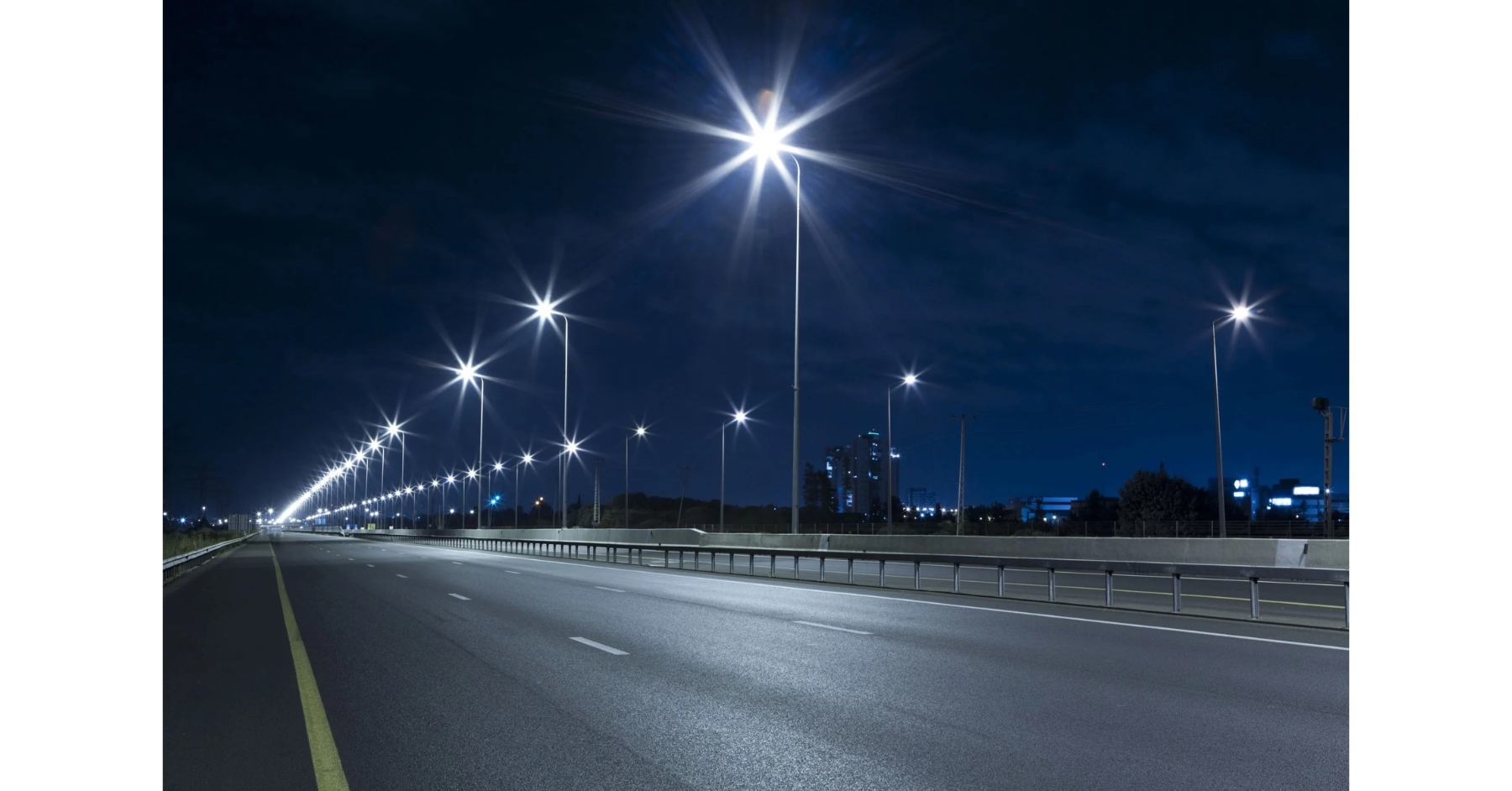Although inflation’s died down since its peak in 2022, it’s still proving incredibly expensive to keep roads and residential areas lit around the clock. Plus, as if sustainability wasn’t a big enough concern already, increasingly common wildfires are proving that more needs to be done to halt climate change — putting lighting designs with a big carbon footprint under scrutiny.
With all this considered, it was only a matter of time before public bodies started taking bigger steps to reduce their expenditure and protect the planet — and local authorities began to rethink how to ensure large street lighting assets serve their true purpose amidst these new priorities.
Some UK towns and cities have been switching off their streetlights during the night to cut costs and CO2 emissions. But what are the problems with this approach, and how can LEDs offer a safer, more effective solution?
The problems with switching off
When councils and authorities turn streetlights off at certain times of the night, they might think they are doing themselves and their communities a favour. Yet that’s a bit of a misconception…
Plenty of people run or cycle before and after work or between 8 PM and 6 AM, which is when streetlight switch-offs are being implemented in some areas. Equally, lots of people who live within walking distance of their place of workplace and have particularly late (or early) shifts, like nurses and carers working unsociable hours, commute on foot at these times.
But if the streets are dark, people might be less inclined to head out for some exercise or opt to travel by car due to fear of criminal activity, which isn’t great for community health and well-being or the planet.
By limiting exterior lighting at night, councils and authorities are also at risk of discouraging people from going out at all after sundown — potentially isolating vulnerable groups like the elderly and harming night-time economies in towns and cities.
What’s more, without round-the-clock highway lighting, anyone who leaves the house during switch-off hours may be left vulnerable to accidents, as many fear collisions between drivers and pedestrians are more likely in the dark.
And that’s not all.
Frequently switching lights on and off can cause component failures, which cost time and money to repair. Switch-offs don’t necessarily guarantee optimal financial savings or carbon emissions reductions if the lights used are aged and inefficient, either — even if they’re not on 24/7.
However, with new LED lighting technology, you can continue to run your exterior lighting assets throughout the whole night, keeping communities safe and active, and still save more energy than switching off.
Why we suggest LEDs
LEDs are ultra-efficient, with a lower energy consumption and carbon footprint than what’s used in most existing streetlights. Plus, with a low upfront cost and durable design, LEDs boast a long lifespan and minimal maintenance requirements — once they’re up and running, they work in a very stable state.
What’s more, when your lighting design includes sensors and the internet of things (IoT), LEDs can be programmed to automatically change in line with factors like ambient light levels and traffic. That way, the lights only go on when they need to, which is great for tight budgets and sustainability credentials.
These lights can also be adjusted to suit different site requirements throughout the night using adaptive lighting programmes. For example, streetlights can be set to have a warm colour temperature and lower lumen level to limit excessive blue light (the thing that keeps us awake and distracts birds and insects) at night.
Plus, LED lighting is much more controlled than other styles, as the direction they emit light in can be adjusted to avoid light spill. As such, LED-powered streetlights are less likely to shine into people’s bedrooms, disturbing circadian rhythms, and communities are less likely to experience sleeplessness, which has been linked to health problems like obesity and depression.
As you can see, LEDs come with numerous benefits (including financial and economical ones) that make them a smart alternative to switch-offs. Still, to ensure a cost-effective, eco-friendly exterior lighting scheme, you’ll need to nail your lighting design — and we can help you do that.
At DFL, we offer a range of services for highway lighting, roads and city centres — helping councils and local authorities save money and protect the environment. Get in touch via +44 (0)1962 855080 or email info@dfl-uk.com to learn more!























